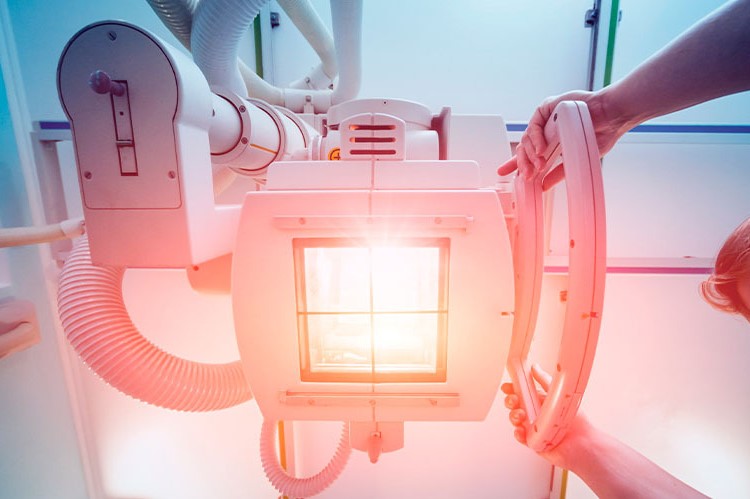
What is cystography?
Cystography is an X-ray test that allows visualisation of the lower urinary tract, i.e. the bladder and urethra, in order to study their function and morphology, with X-rays taken with a contrast medium
What is cystography used for?
Cystography is used to confirm or exclude the presence of certain diseases related to the excretory system, including urinary incontinence, vesicoureteral reflux, the presence of polyps or carcinomas in the bladder.
How does cystography work?
The test is carried out directly by the radiologist.
About 250cc. of iodinated contrast medium is introduced through a catheter that is placed in the bladder by a nurse.
At the end of the test, the catheter is removed for further X-rays during urination.
The duration of the test varies depending on the number of images that need to be taken, approximately half an hour.
Which patients can perform the test?
Pregnancy is an absolute contraindication for the test.
In the case of allergies, the patient should inform the doctor about this before undergoing the test.
Is cystography painful or dangerous?
The test is not, as a rule, painful or dangerous.
The insertion of the catheter may cause slight discomfort in the initial phase.
Read Also
Emergency Live Even More…Live: Download The New Free App Of Your Newspaper For IOS And Android
Echo-Colour Doppler Of The Renal Arteries: What Does It Consist Of?
Echodoppler: What It Is And When To Perform It
Echo Doppler: What It Is And What It Is For
Fusion Prostate Biopsy: How The Examination Is Performed
What Is Needle Aspiration (Or Needle Biopsy Or Biopsy)?
What Is Echocolordoppler Of The Supra-Aortic Trunks (Carotids)?
What Is The Loop Recorder? Discovering Home Telemetry
Cardiac Holter, The Characteristics Of The 24-Hour Electrocardiogram
Peripheral Arteriopathy: Symptoms And Diagnosis
Endocavitary Electrophysiological Study: What Does This Examination Consist Of?
Cardiac Catheterisation, What Is This Examination?
Transesophageal Echocardiogram: What Does It Consist Of?
Venous Thrombosis: From Symptoms To New Drugs
Echotomography Of Carotid Axes
Echo- And CT-Guided Biopsy: What It Is And When It Is Needed
Echo-Doppler Of Vessels: Characteristics And Limitations Of The Method


